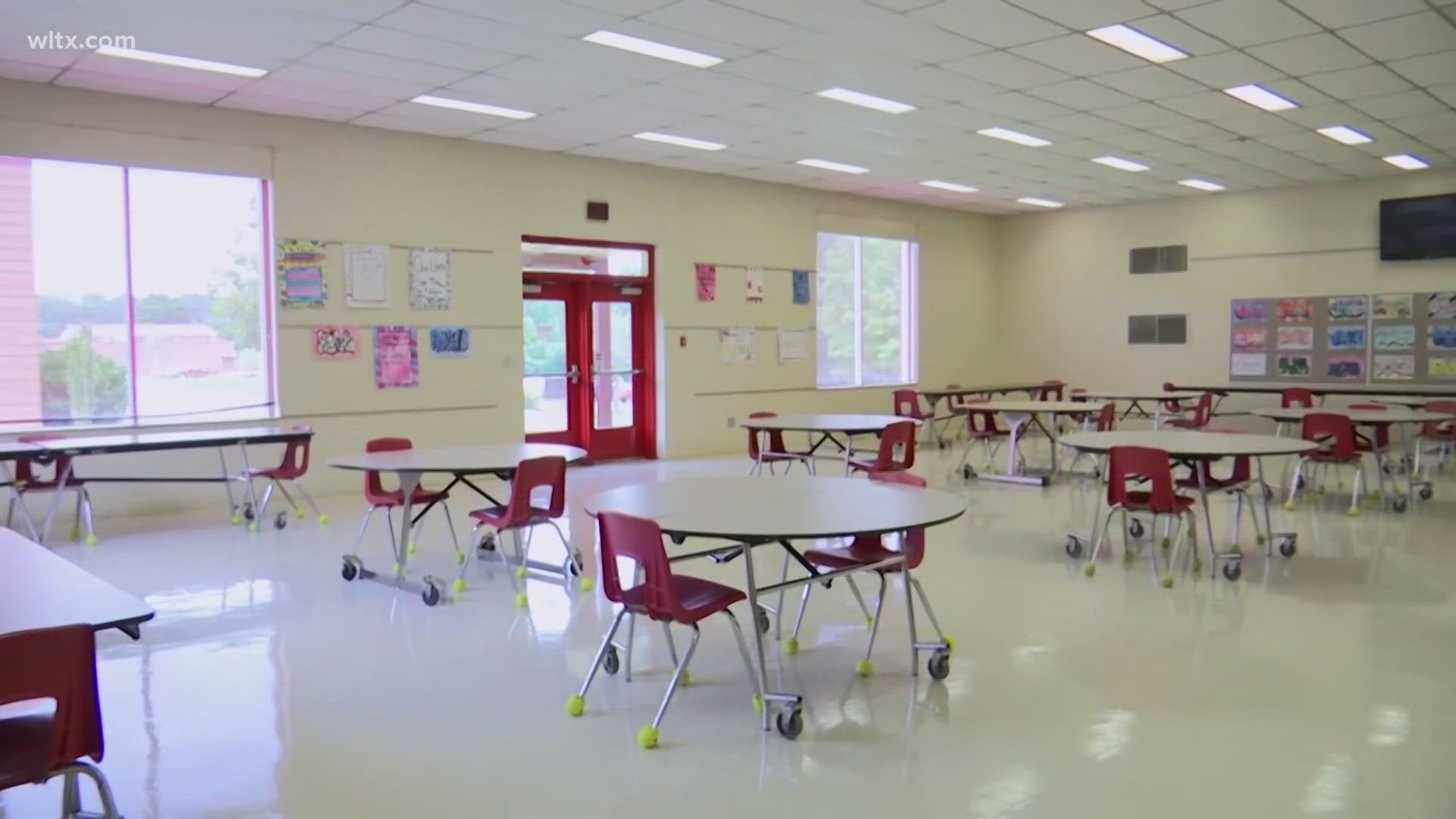COLUMBIA, S.C. — A new report found teacher vacancies in South Carolina decreased this year for the first time since before the pandemic. There were fewer reported teacher departures and more teachers returning to the profession as well.
The findings are from the Annual Educator Supply and Demand Report from the Center for Educator Recruitment... Advancement and Retention, which collects data from districts in South Carolina on teaching positions in their district.
Districts reported 1,043 vacancies at the beginning of this school year, compared to more than 1.613 last year, at a decrease of around 35%.
Lawmakers increased starting teacher salary to at least $47,000 in this year's state budget. That likely has something to do with the reported decrease in vacancies, says Sherry East, President of the South Carolina Education Association.
"It certainly didn't hurt," said East. "Some districts, if you were one of those lowest eight districts, you saw significant pay raise in the last three years. So I think those are the kind of things we're seeing."
The report shows fewer teachers are leaving the profession as well, with a 13% decrease in departures and more than 300 teachers returning to the profession after leaving it for at least a year.
"They left in droves there for a couple of years, and so if those folks would come back, that could actually help our teaching shortage as well, and they're already trained. They're trained. They've been in the classroom, they've been in those districts. So I think that's a win win, when we can pull those teachers back into our classrooms," said East.
State Superintendent Ellen Weaver touted work at the State House for the increase. In addition to the starting teacher pay raise, the teacher salary schedule was extended to 28 years. Lawmakers also passed a state-wide cell phone ban in the budget that will be fully in effect in January.
In a statement—she said “It reflects the impact of crucial initiatives like raising teacher pay, seeking educator feedback on key issues and policies, enhancing school safety, and implementing strategic compensation programs.”
Still, East says there is work to be done to get back to pre-pandemic levels of teacher staffing. East says while the decrease is positive it doesn't always reflect more teachers. Some schools may have combined classes, cancelled courses, or brought in virtual teachers.
"Districts have made do with less. So they've they've quit trying to look for for teachers, because they know they can't find them," said East."They've collapsed classes. They've canceled classes. They're hiring or using virtual teachers to come into classrooms, and they're not counting that as a vacancy. But we know that's not the best practices in what we do in the classroom."
Pre-pandemic levels of vacancies were still lower than this year's numbers. There were a reported 556 vacancies in the 2019-2020 school year, according to the CERRA report.
East says there's a long way to go to help teachers get to that point.
"We need to work on class size. We need to work on student behavior. We need to work on support. When we have behavior challenges in the classroom, that we have enough mental health counselors, social workers, those kind of supports that are available to teachers in the classroom," said East.

